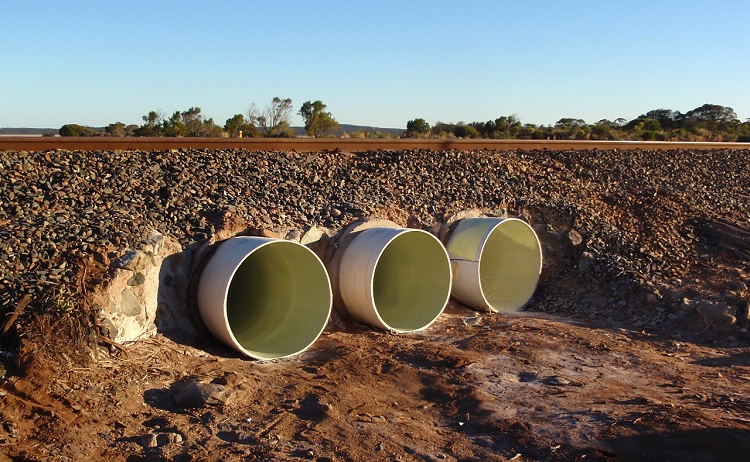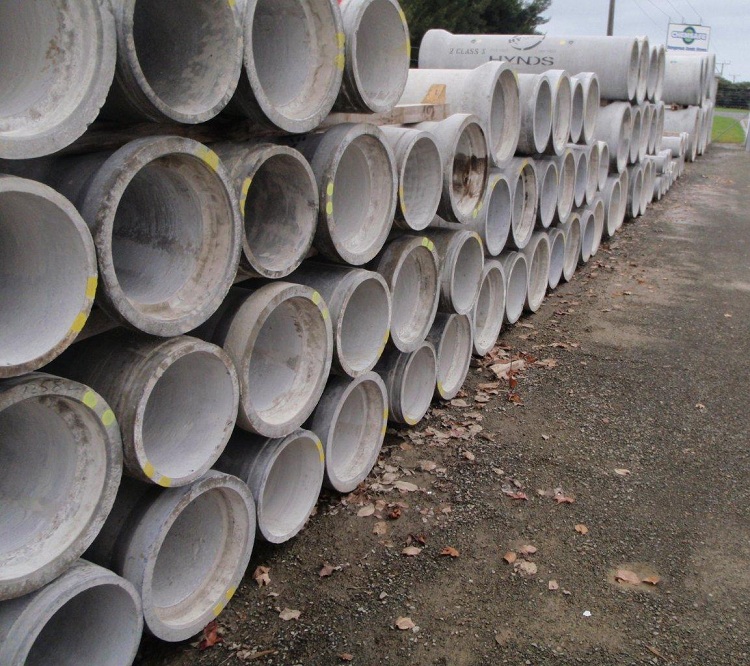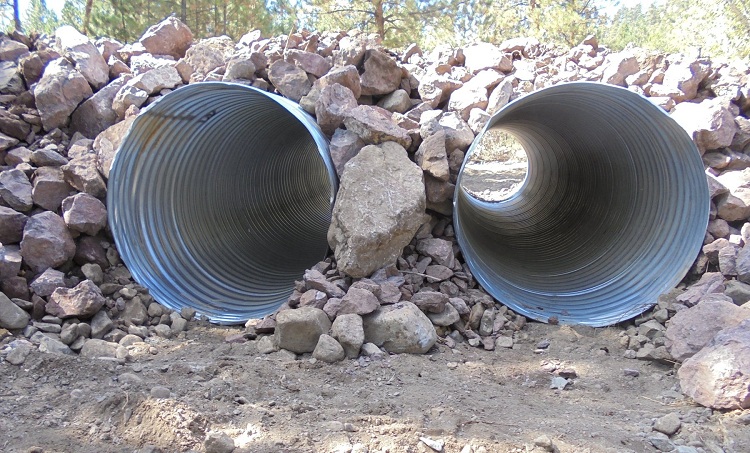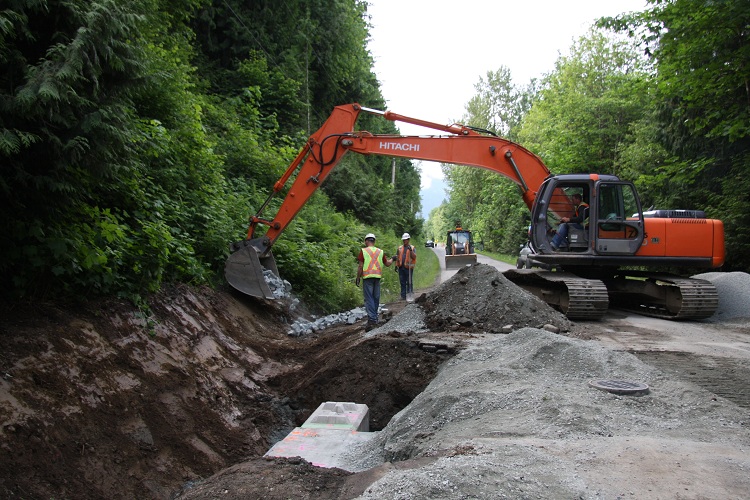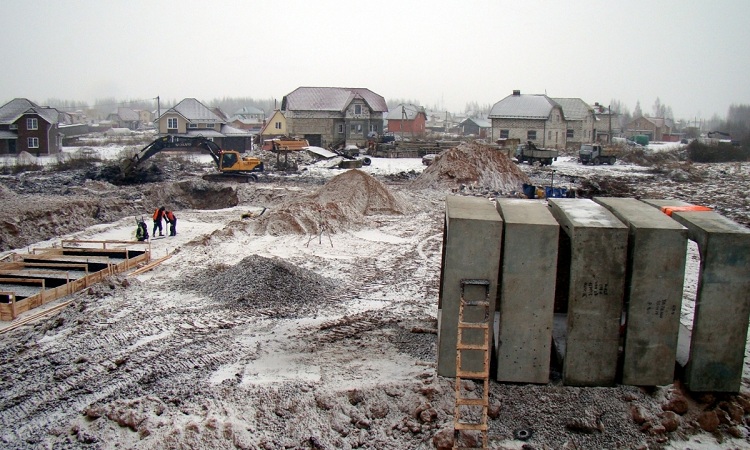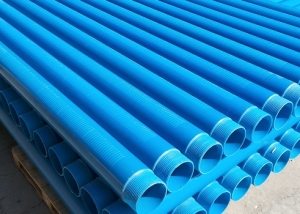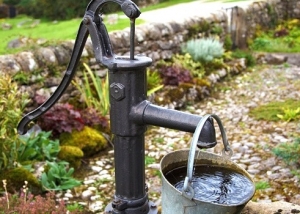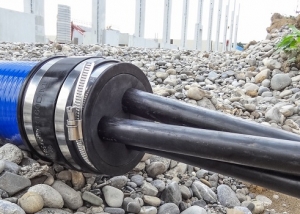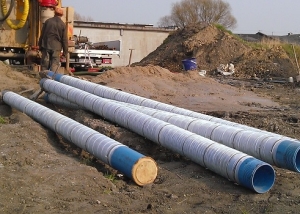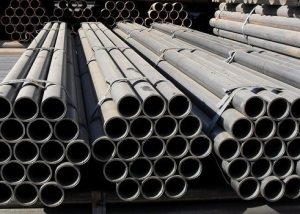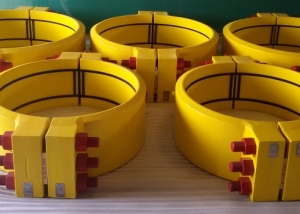Culverts are man-made structures that are laid under a highway or railway and are used to pass drains. Water can pass through such pipes continuously or at certain intervals. Also, such pipes can serve as a passage tunnel for people.
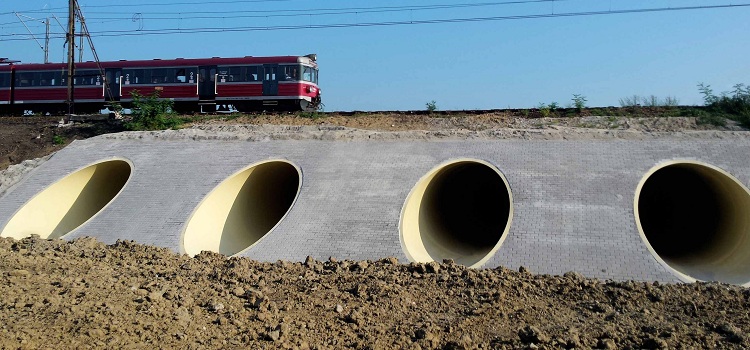
Culverts are most often installed under roads and railways to drain water and prevent erosion of the embankment.
Content
Features and benefits of culverts
A culvert allows for drainage under a road or rail. Most often, such a structure is mounted in order to divert a stream or channel of a small river. Such a pipeline is also used in cases where it is necessary to drain rain and melt water.
Important! With a small height of the road embankment, it is not possible to organize a full-fledged bridge, so a culvert in this case is the only way out.
Consider the main advantages of using a culvert:
- the use of such pipes in the roadway not only solves the problem of water drainage, but also allows you to strengthen the road embankment. Due to this, the road strength is increased and the risk of destruction of the embankment is reduced.
- budget arrangement of the culvert, compared with the bridge, allows you to save on the construction of the road.
- the availability of installation of a culvert after the construction of the embankment. Installation of a bridge in this case is most often simply impossible or much more expensive.
- increased speed of installation work.
The positive aspects during the installation of these structures largely depend on the specific case and on the material from which the culvert is made.
Types of culverts
All culverts are classified according to several basic criteria.
Culverts can be made of the following materials:
- metal;
- concrete;
- reinforced concrete (reinforced concrete products);
- from polymeric material.
In cross sections, depending on their shape, culverts are:
- rectangular;
- round;
- oval.
By the number of points in sections:
- single point;
- two-point;
- multi-point.
In addition, there is a culvert division for cross-sectional work. However, this parameter is taken into account only if the hydraulic calculation of the pipes is carried out.
Consider the types of culverts for the work of the cross section:
- non-pressure;
- half pressure;
- pressure head.
Pressure products operate over their entire cross-sectional area, thereby creating maximum flow rates. Semi-pressure pipes work the entire section only in the area of the pipe head. Non-pressure constantly work only part of its section.
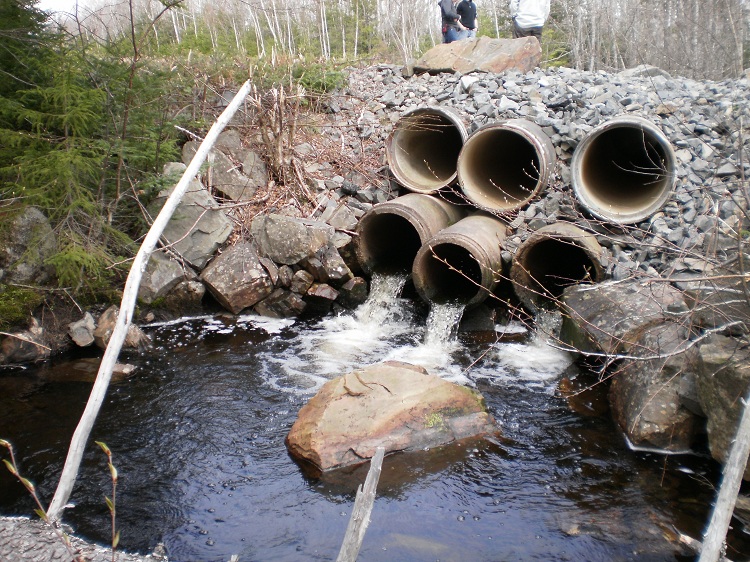
Pressureless pipes pass a small amount of effluent and are installed where the volume of water is small
Dimensions
Culverts with a circular cross-section, mounted under a canal or railway, may have the following diameters:
- 500 mm - the length of such pipes depends on the particular case and is calculated based on the width of the road;
- 750 mm - such pipes can have a length of up to 15 m;
- 1000 mm - a structure having such a diameter should not have a length higher than 30 m.
The design for on-farm type of roads, may have a cross section of 500 mm and a length of up to 10 m.
Features of reinforced concrete pipes
Today, the cost of concrete and reinforced concrete structures is considered the most budgetary of all possible options. The low price of these materials is a determining factor for many construction companies. In addition, such designs have excellent strength and tightness.
Reinforced concrete culverts are more durable than concrete products. The main advantage of reinforced concrete pipes is the possibility of organizing their production at the installation site (by the road). Otherwise, their transportation is carried out using special lifting machines.
As mentioned above, a culvert can serve not only to divert water, but also serve as a pedestrian crossing. The diameter of the channel can be from 500 to 4000 mm. In addition, it is worth noting the fact that culverts made of reinforced concrete can be used in seismically active areas. Studies have shown that regardless of the diameter, the drainage can withstand even strong earthquakes (up to 9 on the Richter scale).
Such pipes are produced in the form of separate segments. Reinforced concrete culverts links can have a length of 1 to 4 m. Reinforced concrete products are regulated by GOST 24547–81.
Polymer pipes
Today, polymer products are becoming increasingly popular. In addition, the capabilities of modern industries allow the production of polymer pipes, which have high strength characteristics and can replace pipes made of reinforced concrete or metal. At the same time, the weight of polymer products is much lower in comparison with other materials, which facilitates transportation and installation work.
However, despite the high strength characteristics, culverts made of plastic are mounted in iron arches. Metal structures make it possible to protect the structure from collapse.
In some cases, a special stone arch or box - gabion is built around a plastic channel. The result is a robust structure that can withstand heavy loads and has a polymer core that is resistant to corrosion. The operational life of such a design under normal conditions can reach more than one dozen years.
Metal culverts
Metal structures have a corrugated body and are the most durable. Such culverts can withstand enormous loads, however, such pipes have one big drawback - they are susceptible to corrosion.
Helpful information! Due to rust, metal culverts are typically used as temporary structures.
The most popular use of such pipes is a temporary passage under the highway. Passages are made to divert water from one side of the road to the other.Such a need often arises in the event of clogging or collapse of the main culvert.In addition, a metal pipe can be used as a protective case for a polymer pipeline that is resistant to corrosion.
Corrugated iron culverts are also used for reinforcing the walls of boreholes. Sometimes a permanent structure is still mounted from such pipes, however, this is extremely rare.
Metal drainage channels from individual segments are collected. Assembly is usually done at the installation site. It is also worth noting that such pipes can have almost any shape in finished form. This is due to the fact that they have corrugated walls that are able to bend. If metal sheets have a protective anticorrosive layer, this design can last up to 50 years. The cost of arranging a drainage metal channel is 20-30% lower than that of reinforced concrete.
Production technology
Enterprises that produce such pipes adhere to a number of important rules:
- each constituent element (link) of the pipe must pass the necessary check for compliance with GOST standards. According to GOST, the link length may have a deviation from 0 to 10 mm. The wall thickness can also be with some deviation - from 5 to 10 mm. Other indicators may have an error of up to 10 mm;
- the joints of all elements must be cleaned of sagging, as well as concrete spray, which could be formed during the production process. The cleanliness of the joints is a necessary parameter that affects the tightness of the links;
- sorting of individual elements should be carried out in accordance with the brand. After that, all sorted items must be moved to one place.
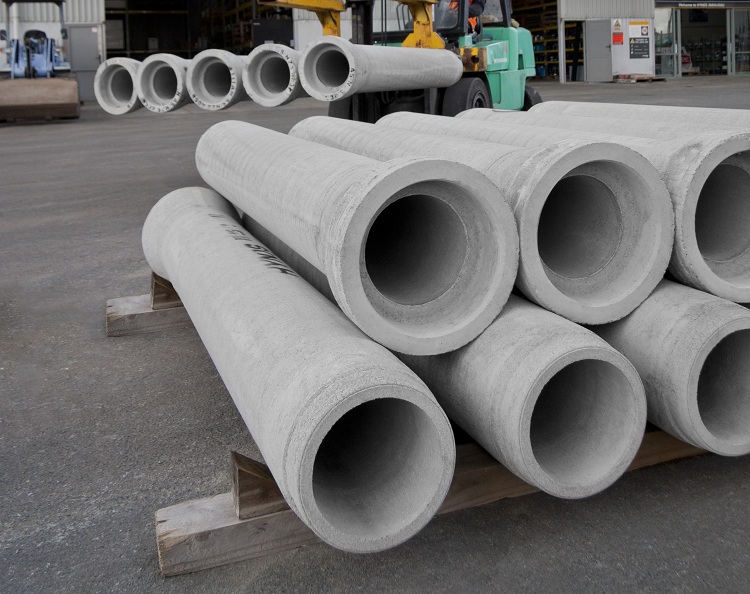
The reinforced concrete pipes produced are checked according to many parameters that must comply with GOST standards
Thus, production refinement and sorting of individual products for culverts is carried out.
Note! Transportation of these elements to the place where the installation work will take place is carried out in accordance with the necessary standards in order to prevent spoilage of products. All products are delivered to the installation site in the same form in which they were delivered to the warehouse after sorting.
Before installation, preparatory measures are mandatory.
Preparatory work before installation
At the very beginning, before the installation of the culvert, the site is selected on which construction will subsequently unfold. After the necessary place is selected, it is cleaned of foreign objects (grass, branches, debris, etc.).
Further, all the components of the future culvert are laid out in the correct sequence for subsequent assembly. Before assembly, it is necessary to carry out appropriate marking and determine the axis of the product, as well as the contour of the pit. In addition, before the preparatory work, all necessary calculations are performed (including hydraulic calculation). All this is necessary so that unforeseen situations do not arise during the installation process, the normal operation of the culvert in the future also depends on it.
Installation Nuances
Digging a pit is carried out using special equipment, however, leveling the walls of the pit is done manually (using shovels). If the soil at the bottom of the pit is unstable and soft, it is laid with cobblestone. It is laid over the entire area of the bottom of the pit using special tools.
Digging a pit is carried out without installing special fences, but in some cases fences are still necessary. For example, if water drains can enter a pit.Quite often, workers are faced with the need to strengthen the walls of the pit. Such reinforcement is carried out taking into account building codes and safety rules in those cases when there are residential or industrial buildings near the excavation pit being developed.
The dimensions of the pit, as a rule, depend on the particular case and are determined taking into account the diameter and cross-sectional shape of the culvert. The slope angles of this design are directly dependent on the properties of a particular soil, in the conditions of which installation work is carried out.
Important! When arranging a foundation pit for a culvert, it is necessary to foresee and conveniently plan the location of the pipe, so that in the event of a breakdown, the culvert is accessible for repair work.
To carry out works on installing a waterproofing coating or anticorrosion protection, it is necessary to remember one important rule - the distance between the walls of the foundation and the walls of the foundation pit should not be less than 70 cm. This is necessary for the convenience of the work, because these procedures are carried out by workers. If the use of people is not mandatory, this figure drops to 10 cm. It is also worth noting that, if there is no need to equip the foundation, the foundation pit for the culvert is digging exactly in size of the pipe.
Foundation installation
If the foundation consists of prefabricated reinforced concrete slabs, then first of all the installation of links that will make up the head of the future culvert is carried out. Laying blocks is carried out to the level of the sole, and then work is done to fill the sinuses to the same level.
Consider the main stages of arranging a monolithic foundation:
- First of all, it is necessary to make or purchase a ready-made formwork.
- Next, the concrete solution necessary for pouring is prepared.
- At the third stage, the concrete prepared in advance is poured into the formwork.
- When the solution hardens, it is necessary to dismantle the formwork and fill in the formed sinuses.
Culvert installation
Before carrying out installation work, it is necessary to clean all structural elements (links, blocks, etc.) from dirt. If installation is carried out in winter, then all products must be cleaned of snow and ice. After that, you can proceed directly to the installation. Installation is carried out in three stages:
- Structural elements that have flat faces are mounted on a cement mortar. The cylindrical parts of the culvert are installed on special wooden linings. After that, pour the solution under the cylindrical links.
- The solution is poured on one side until it appears on the other side. Thanks to this, alignment and complete filling of all joints in the structure is achieved. If concreting is carried out for each link separately, a solution with a mobility along a standard cone of 12 cm is used.
- After the concreting of the culvert is completed, its waterproofing is carried out. It is carried out using mastic.
Culvert Repair
Today, there are several basic options for repairing culverts. As a rule, repair of culvert pipelines is carried out by the uncotted method. That is, repair work is carried out without digging the pipe out of the pit. The excavation method is used much less often - in those cases when a complete replacement of the pipeline is necessary.
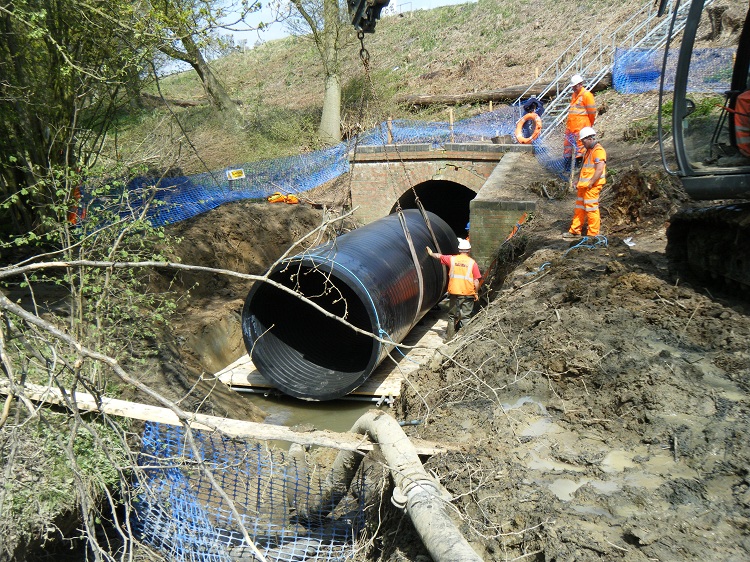
The restoration of the channel functions can be carried out using a new pipe, which is simply inserted into the old
Consider the main options for repairing culvert communications:
- reorganization;
- SPR technology;
- relining;
In addition, there is another way to repair such pipes - microtunnel, however, it is used extremely rarely due to the high cost of equipment. In addition, one set of equipment is suitable only for a certain pipe diameter with a round cross-sectional shape.
Reorganization
Remediation is a method based on pulling a plastic sleeve inside a repaired culvert. After dragging the sleeve is completed, air is pumped into it in order to create excess pressure. A sleeve pumped with air follows the shape of the pipe from the inside. Then it is irradiated with ultraviolet rays. As a result of this, the sleeve hardens and a kind of additional frame is formed, which not only repairs the pipe, but also enhances the strength characteristics of the structure as a whole. The wall thickness of such a sleeve is approximately 8 mm.
ArrAttention! All repairs take only a few hours, so this method of repairing a culvert is very popular.
SPR
SPR technology is a way to repair culverts that are distinguished by large diameter indicators. In addition, this technology is used to repair pipes not only with a round cross-sectional shape, but also for others.
The repair process using this technology takes place in 2 stages:
- Inside the channel being repaired, a profile is wound. The profile, as a rule, is made of polyvinyl chloride (PVC) and reinforced with special inserts.
- The solution is poured into the gap between the pipe being repaired and the body.
After repair using SPR technology, the structural load-bearing characteristics increase by 2–3 times.
Relining
Relaying is carried out by laying in the old culvert a new one, which is made of fiberglass. The links are joined inside, and then the gap between the two walls is poured, as in the previous case, with cement mortar.
It is worth noting that in the world there are many technologies for repairing culverts, but there are only a few of the most popular, time-tested methods and they are used practically all over the world.
